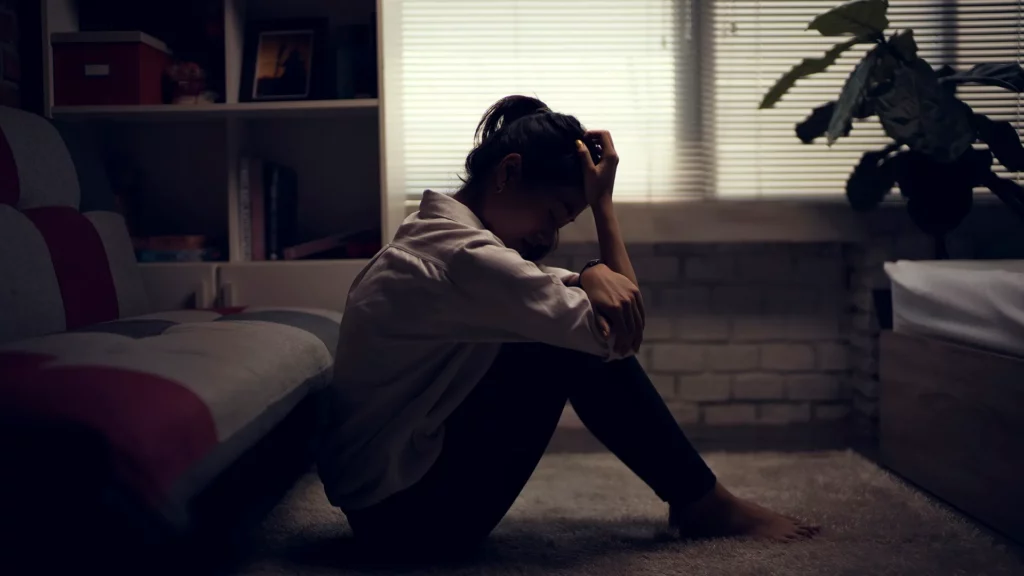Depression, also known as major depressive disorder, is a mental health disorder that has a negative impact on how a person thinks, feels, and acts. Depression can cause various mental, emotional, and physical problems, as well as a reduction in a person’s ability to function or perform daily activities at home or work. Depression is a common mental illness. Do you know Which State has the Highest Rate of Depression in the US?
Billings, Montana, has the highest rate of depression at 31% of the population.
Depression in the United States
According to the National Institute of Mental Health, based on the most recent data from the National Survey on Drug Use and Health (NSDUH), an estimated 17.3 million adults in the United States experienced at least one major depressive episode in 2017. Every year, approximately 3 million people suffer from seasonal affective disorder. Seasonal affective disorder is a type of depression that is seasonal and occurs at the same time each year. It is more common in climates with less sunlight.
Approximately 65% of those diagnosed with depression receive treatment, with 44 receiving professional care and medication. Only about 15% of those with depression were treated by a medical professional, and only 6% were treated with medication. Anxiety is diagnosed in roughly half of all depression patients in the United States.
According to the most recent Centers for Disease Control and Prevention (CDC) data, non-Hispanic Asian adults have lower rates of depression than Hispanic, non-Hispanic black, or non-Hispanic white adults in the United States. Furthermore, as family income levels increased, the prevalence of depression decreased. Depression affects approximately 15.8% of adults from low-income families and 3.5% of adults earning 400% or more of the federal poverty line.
From 2014 to 2018, QuoteWizard examined the CDC’s depression rates for each state. They ranked each state based on the five-year average pace. They also included each state’s depression rate percentage from 2014 to 2018 and its ranking regarding access to mental health care, with 1 for the best and 50 for the worst. Their research discovered a direct relationship between access to mental health care and increases or decreases in depression rates. (Source: World Population Review)
What are the Effects of Depression?
A depressed mood or feelings of sadness; loss of interest in previously enjoyed activities; suicidal thoughts; sleeping too much or having difficulty sleeping; feeling worthless or guilty; social withdrawal; significant changes in appetite; significant weight changes, either loss or gain; slowed movements and speech; difficulty concentrating or thinking; and increasingly engaging in purposeless, repetitive tasks like pacing are all symptoms of major depressive disorder.
Anyone, especially those with risk factors, can suffer from depression. Genetics, depression can run in families, biochemistry, the chemical composition of the brain, personality, people who are easily overwhelmed, pessimistic, or have low self-esteem are more likely to be depressed, and environmental factors are all risk factors, violence, neglect, abuse, or poverty, can increase vulnerability to depression.
Although depression is common, it is one of the most treatable mental illnesses. Approximately 80-90% of depression patients eventually respond favorably to treatment. Medication, psychotherapy or talk therapy, and electroconvulsive therapy are standard treatment options for depression. (Source: World Population Review)
Image from Attitudemag
